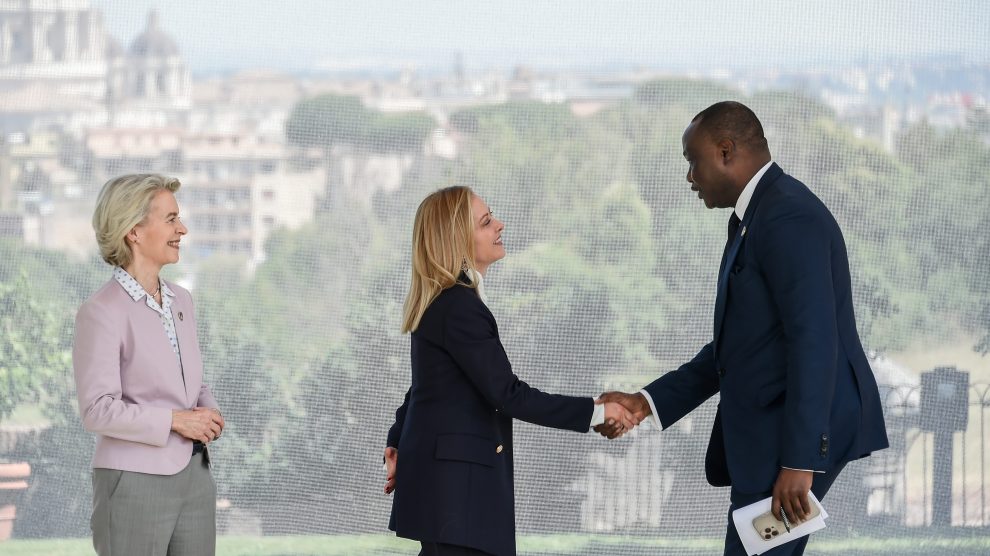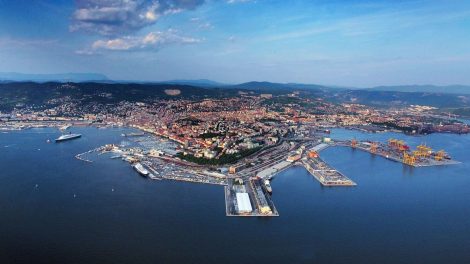The project gives Lusaka a faster corridor to export copper to Asia and is a direct response to the rise of the Lobito Corridor, the flagship railway project showcased at the June Europe–Africa summit hosted by Italy.
Decoding the news: The West is betting on Lobito to reshape supply chains and redefine its role in Africa. The contest with China will be long and won’t be decided by a single railway.
The two projects
- Tazara: about 350 miles longer than Lobito, it strengthens China’s bilateral model and reinforces eastward routes to Asia.
- Lobito: a multilateral infrastructure (EU with Global Gateway, Italy with the Mattei Plan, U.S. with multi-billion packages, AfDB, AFC) operated by a Western private consortium.
- Common goals are cutting transport time and costs and accelerating copper and cobalt value chains.
Italy’s role: At the June Italy–Africa summit, Meloni’s government highlighted Lobito as a key element of the Mattei Plan, announcing €1.2 billion in agreements (via CDP and SACE).
- Rome aims to act as a bridge between Europe, the U.S. and Africa.
- Later that month, Washington boosted the project with a $5 billion package.
The geopolitical contest
- For Beijing, Tazara ensures continuity of its supply chains domination.
- For Lusaka and Dar es Salaam, it brings immediate opportunities in trade and jobs.
- For Africa, it’s a choice between two governance models: bilateral, state-driven (China) vs multilateral, transparent (West).
What we’re watching:
- Whether Lobito can attract enough investment to cut transit times from 45 days to 45 hours.
- The West’s ability to deliver a stable, inclusive model.
- African governments’ decisions are the true arbiters of this global competition – and not only over critical raw materials.





